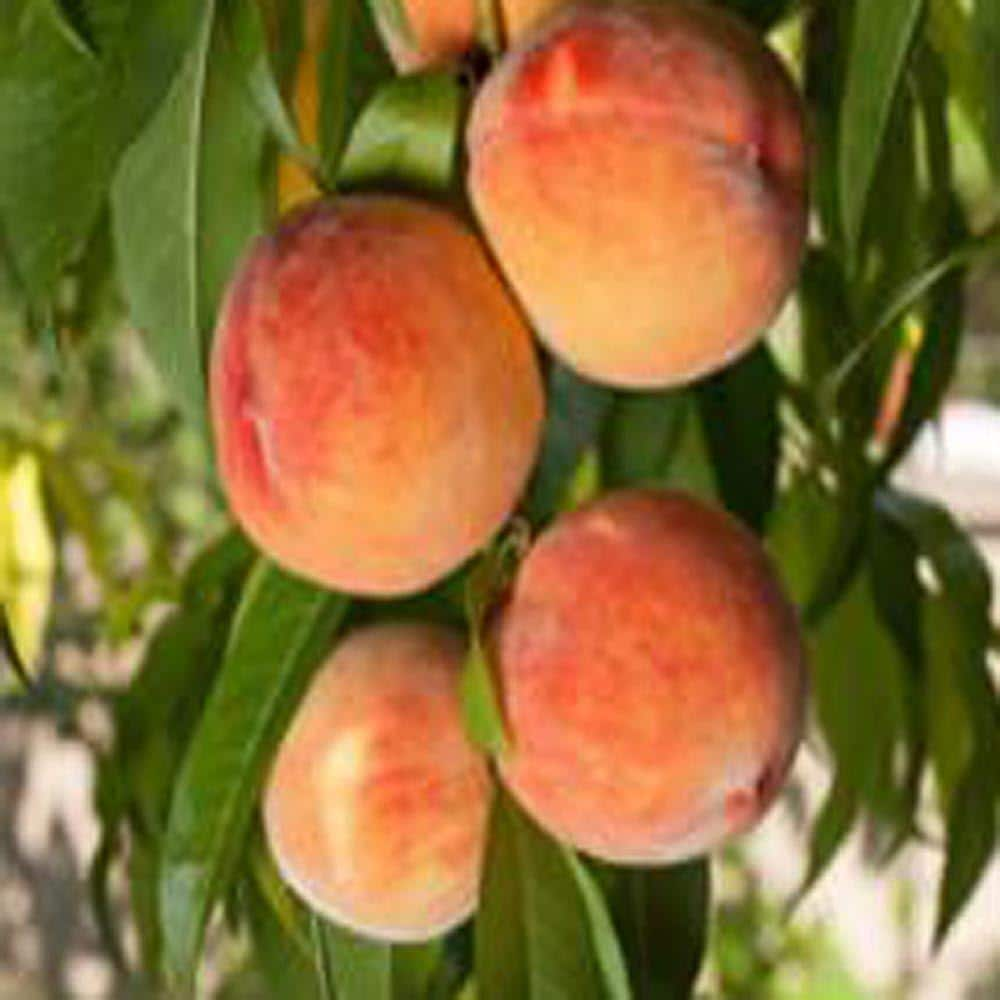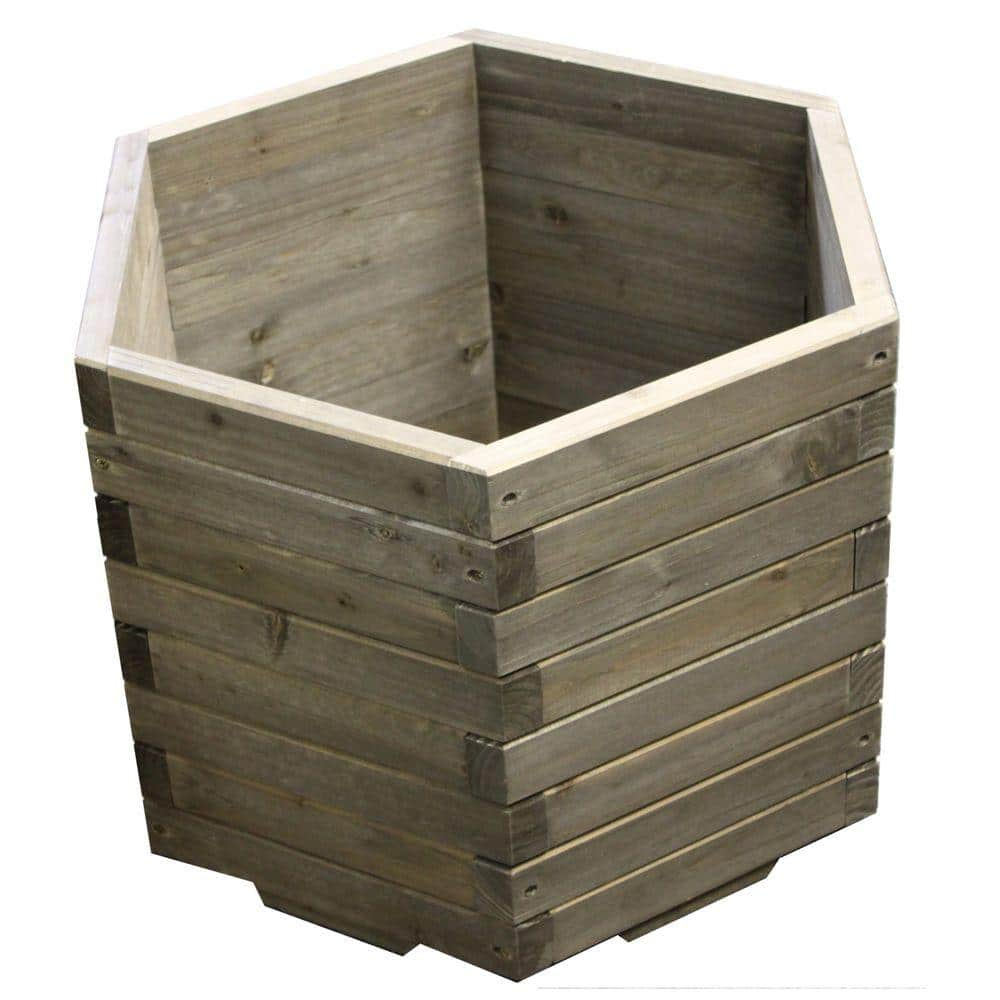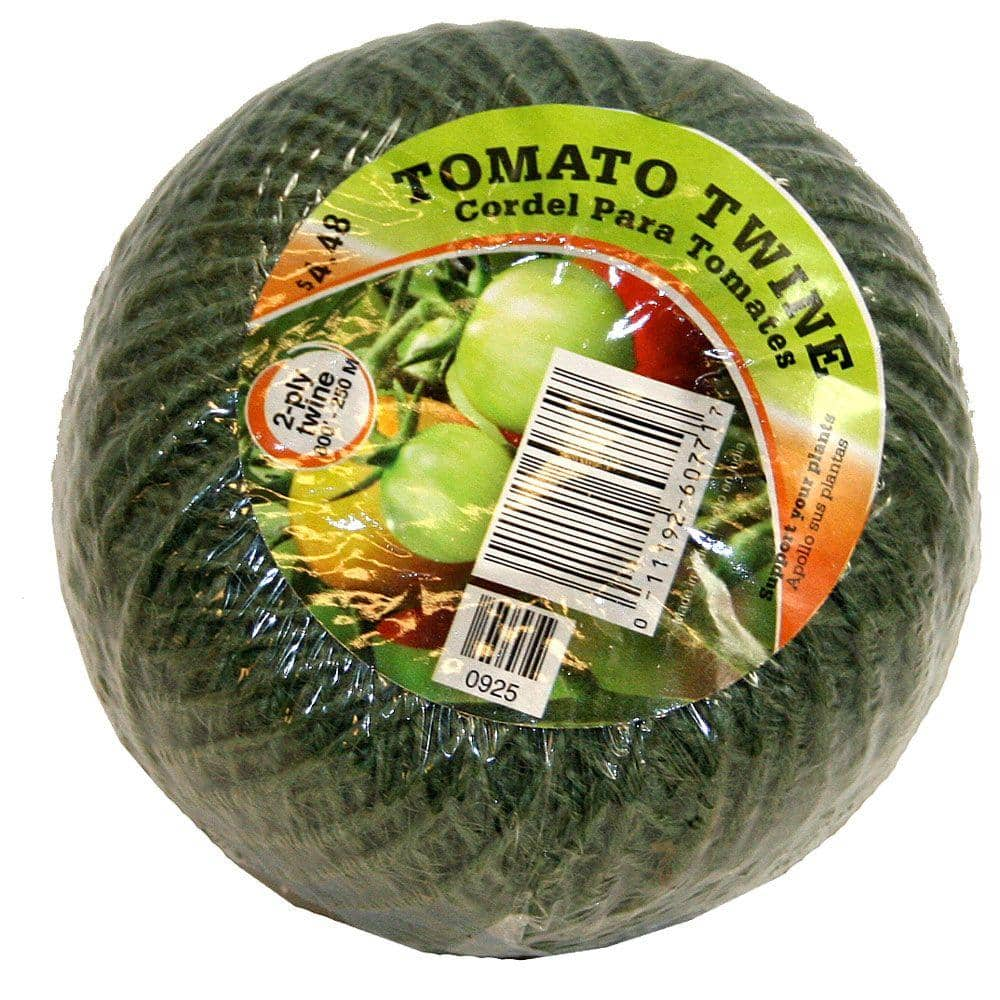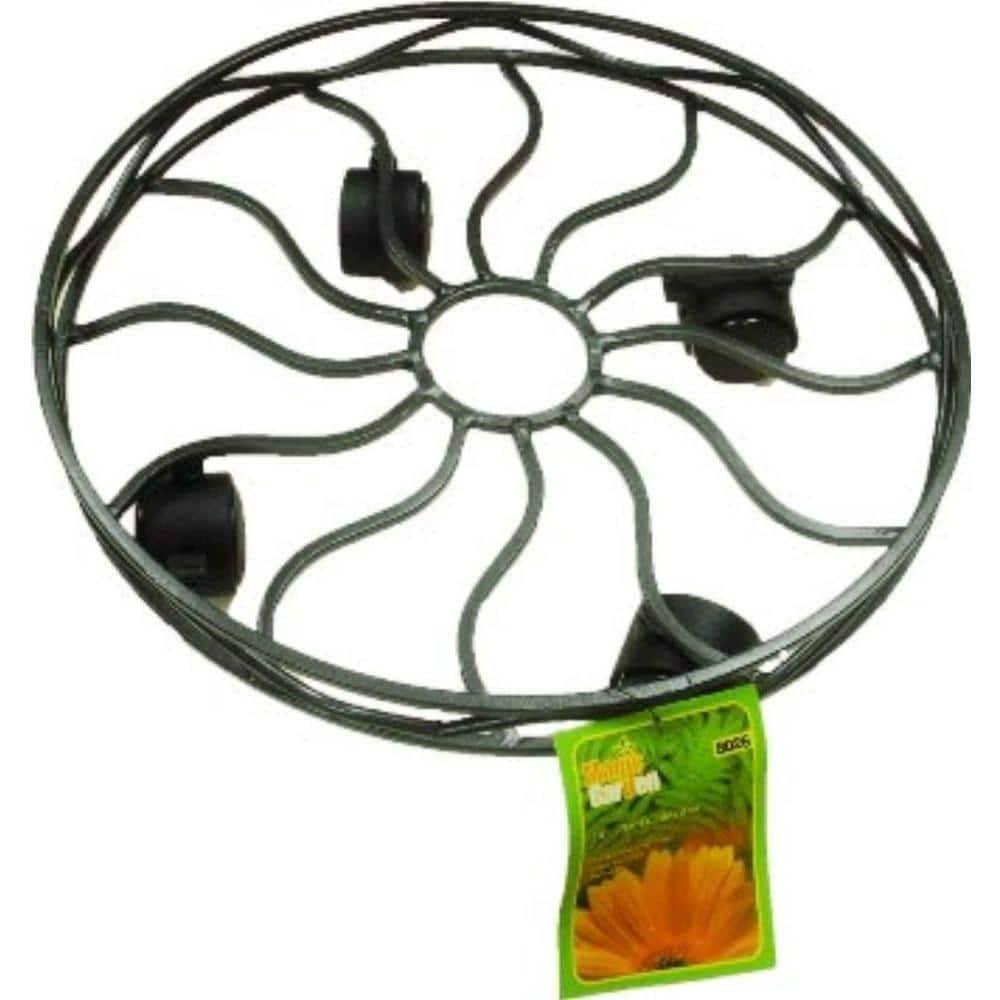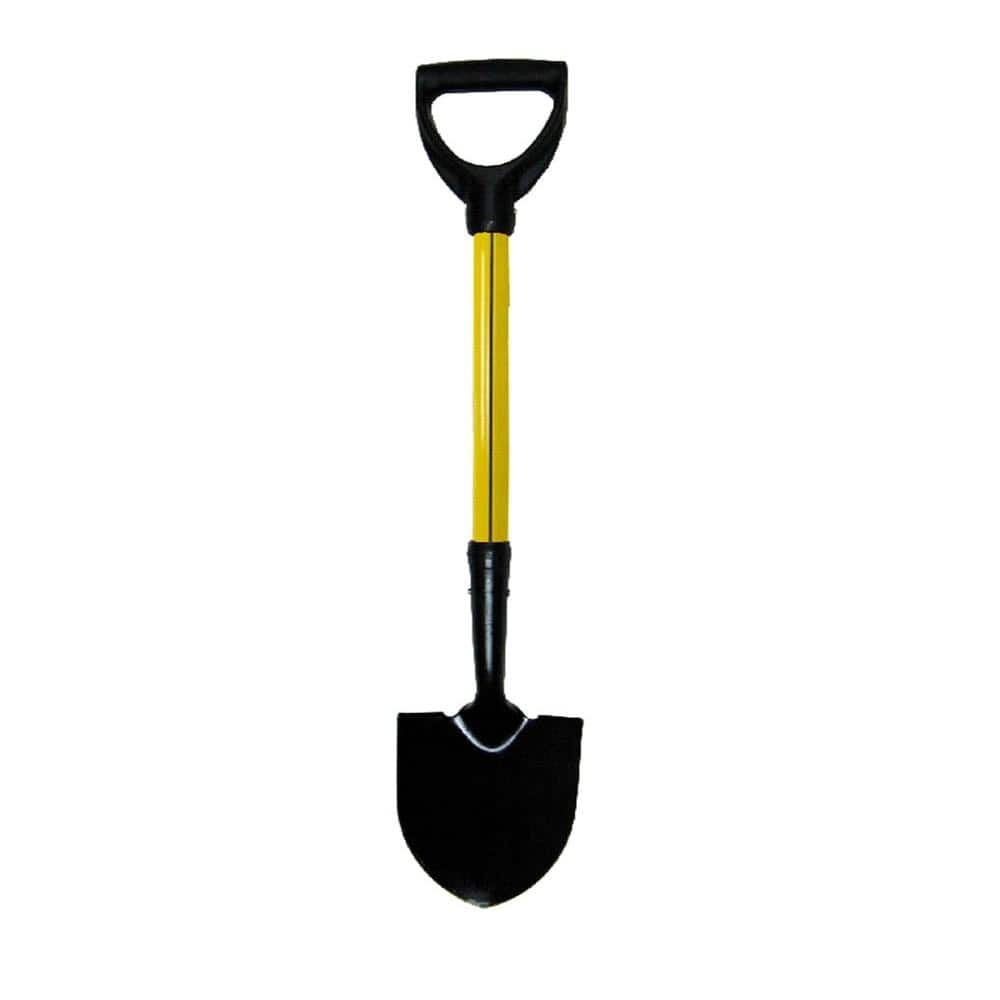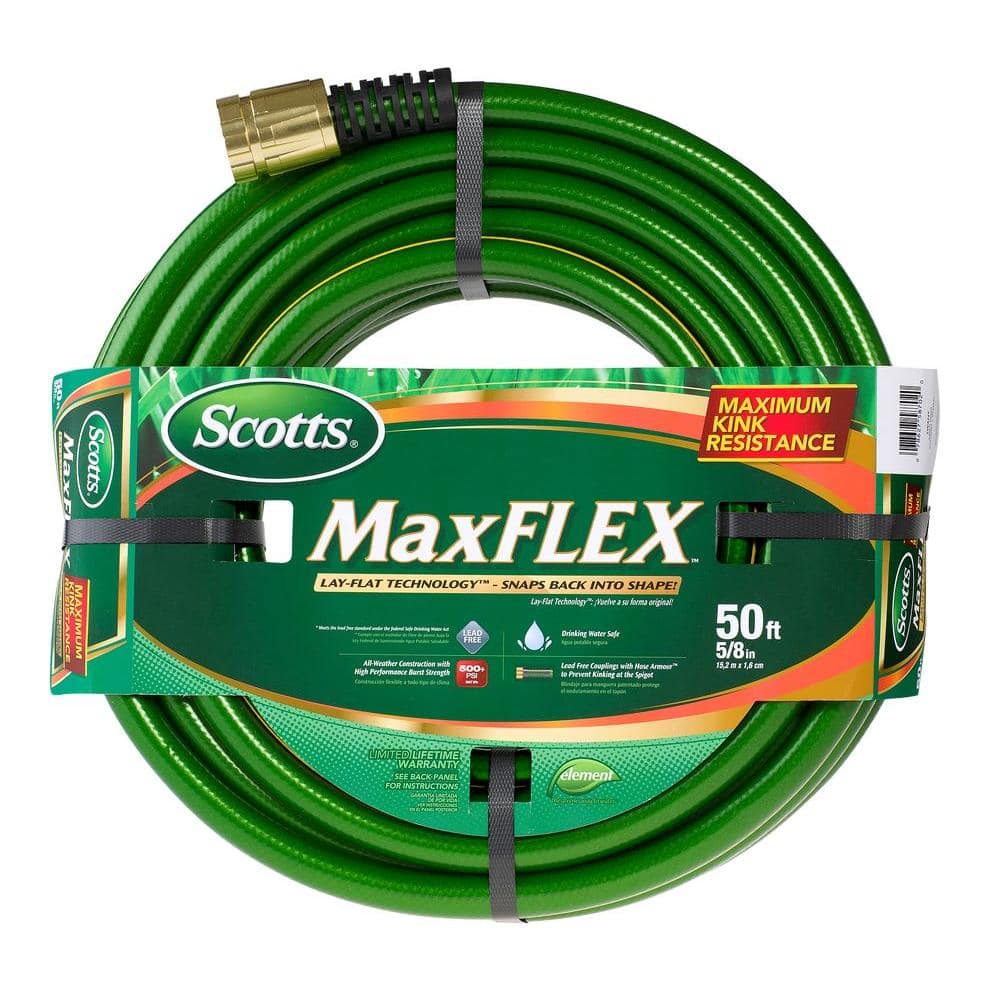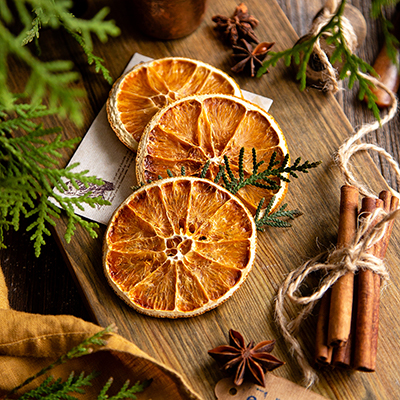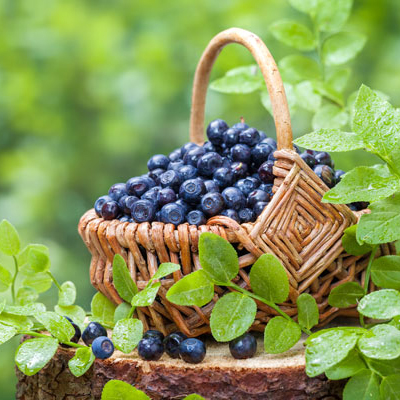How to Grow Fruit
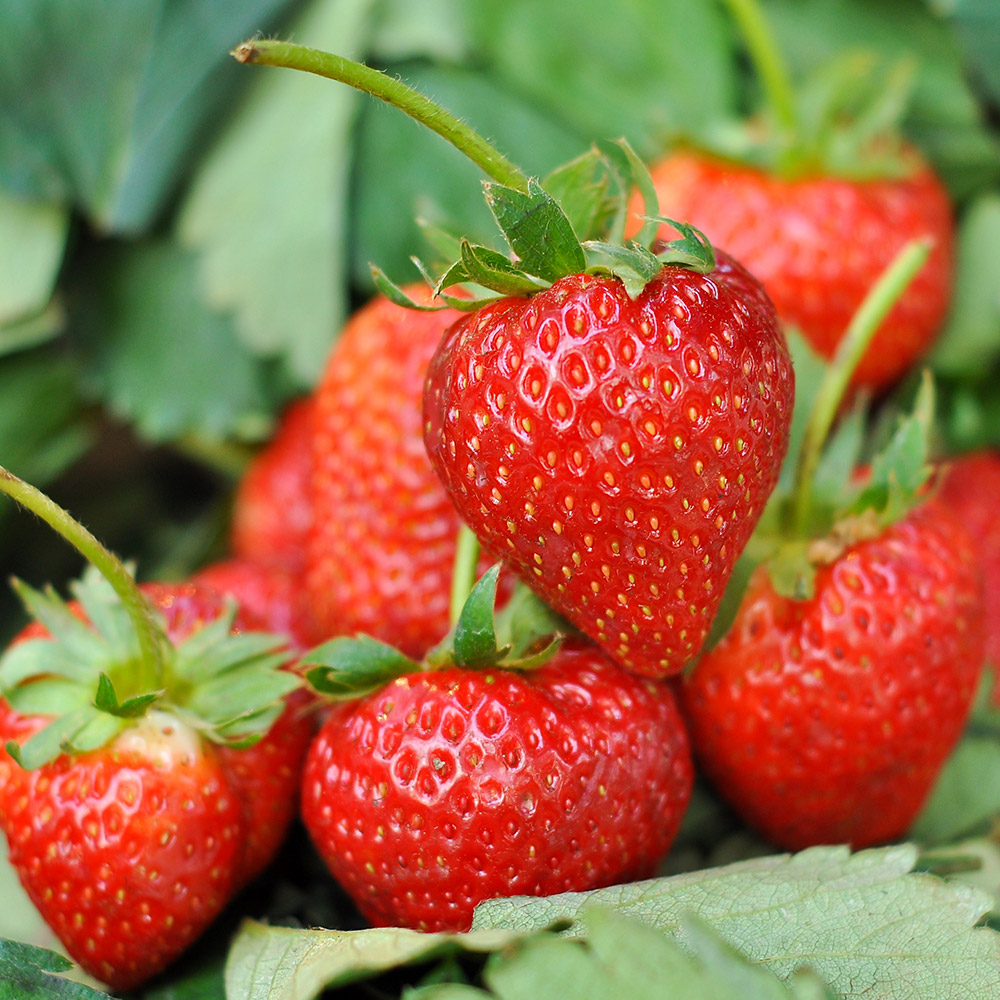
Last updated September 7, 2023
As long as the ground isn't frozen, late winter or early spring is a great time to plant fruit trees and berry bushes. Cooler temperatures allow roots to become established before hot weather sets in.
Use this guide to learn how to grow fruit plants so you can enjoy fresh, delicious strawberries, apples and more.
Table of Contents
How to Choose Fruit Trees and Plants
How to Plant Fruit Trees and Berry Bushes in Your Garden
How to Plant Fruit Trees and Berry Bushes in Containers
How to Fertilize Fruit Trees and Berry Bushes
Tips for Fertilizing Fruiting Plants
How to Choose Fruit Trees and Plants
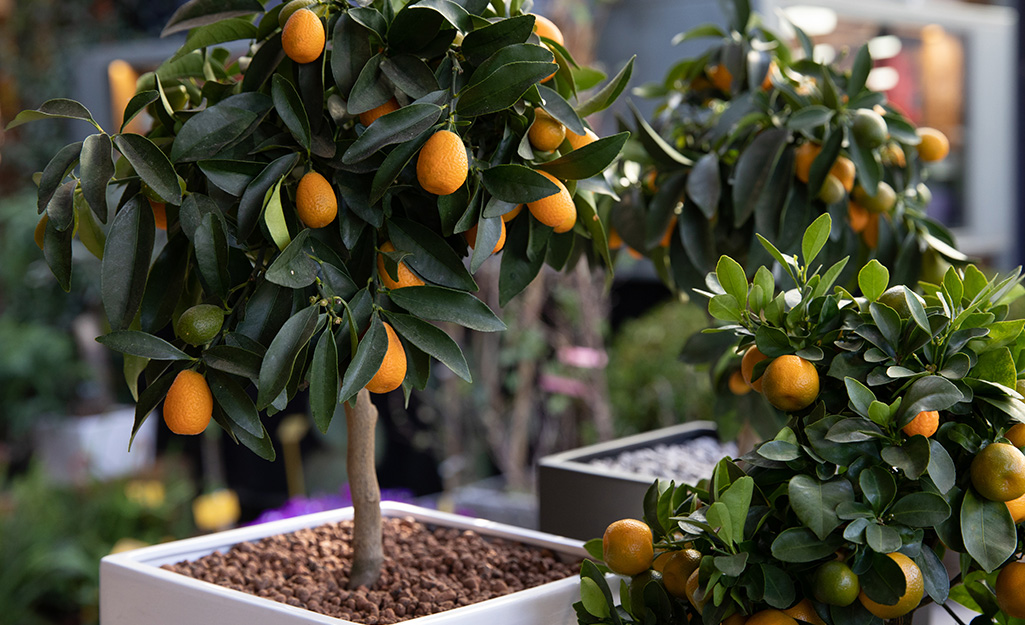
Learning how to grow fruit is easier if you choose fruit trees or berry bushes that come in large containers ready to be planted. For small-space gardening, look for dwarf varieties of fruit plants you can grow in big pots or other planters.
When selecting plants, find out if the type of fruit you’re growing is self-pollinating or if you'll need to plant two different varieties to get fruit. If the information isn't on your plant tag or label, do a little research, or ask your local extension service agent.
Fruit trees and berry bushes like a minimum of six to eight hours of sun a day and well-drained soil. Whether you're growing fruit in your garden or containers, give your plants
plenty of room for their roots to develop.
How to Plant Fruit Trees and Berry Bushes in Your Garden
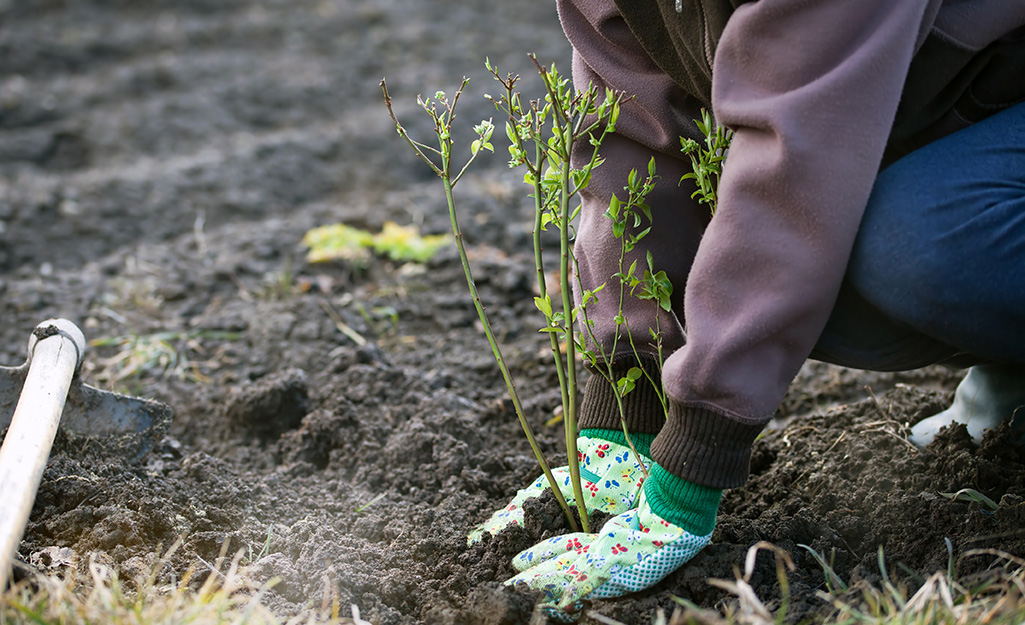
If you're planting in the ground, use a shovel to dig holes two to three feet in diameter and 18 to 24 inches deep, depending on the size of the nursery pot your plant came in. Remove any rocks, sticks or other debris from the soil.
Use a spade to score the sides of the hole. This will encourage the roots to reach out into the soil as they grow.
If
your soil has a lot of clay, mix in some peat moss or compost to improve drainage. Fill the hole about half-full of the mixture. Some plants, such as blueberries, like acidic soil, so you may want to use a pH tester. It will help you know if you need to work any soil amendments for the kind of fruits you want to grow.
Take the trees out of their pots and center them in the holes, spreading their roots outward. Position them so that the bumps on their lower trunks, called the grafts, are above ground level. Cover the roots with more soil, leaving a bowl-shaped impression. Use a hose to add water to the hole. The bowl shape will help water run toward the plant.
Finish filling the hole with soil and add a 3-inch layer of compost around your fruit plant. Don't pile it up, volcano-style, against the trunk stems, which can cause the plant to die. Wait about a month to fertilize.
Drive three stakes into the ground, if needed, to support your fruit tree as it grows. Stake the tree using sturdy plant ties or strong twine. Make sure whatever you use isn't so tight that it will strangle the tree as it grows.
How to Plant Fruit Trees and Berry Bushes in Containers
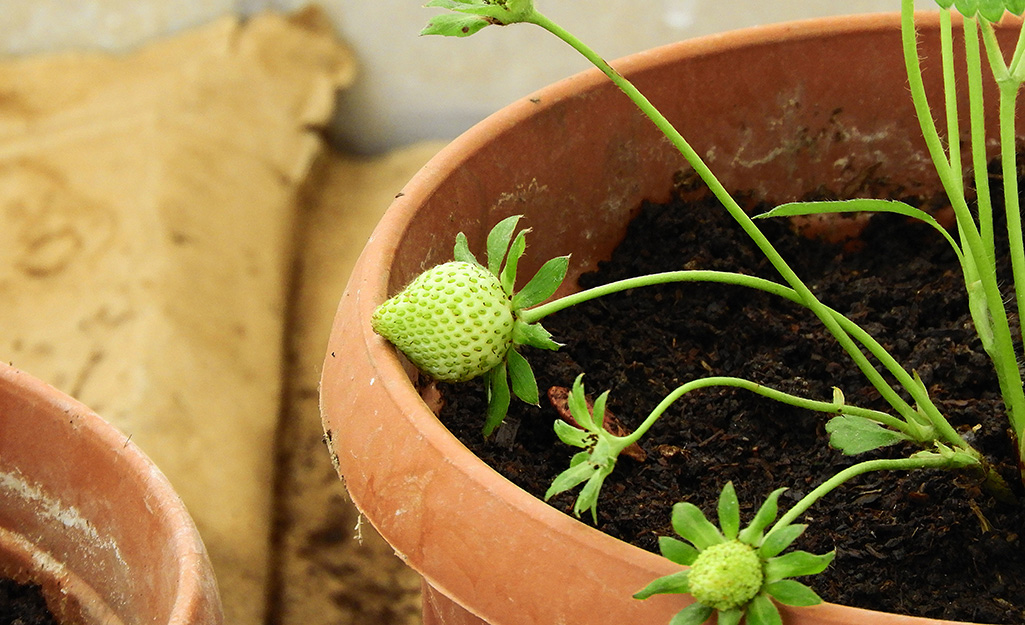
If you're planting a dwarf fruit tree or berry bush in a container or barrel planter, choose one at least 18 inches in diameter or larger. Put the container on a planter caddy to make it easier to move if you'll need to roll it into a sheltered place for the winter. Be sure the container has drainage holes or make some in the bottom.
Fill the container about half-full of a potting mix made for fruit plants grown in containers. Remove the plant from its nursery pot and gently spread the roots out over the mix. Cover the roots with more potting mix and water until the water comes out of the bottom of the container.
Don't fertilize your plant yet.
Wait about a month. Add two or three inches of mulch or compost around it to help retain moisture, but don't pile it up in a volcano-like mound, which can kill your plant.
Use stakes or a trellis in the container, if needed, to support your plant. Stake trees using plant ties or strong twine. Make sure whatever you use doesn't strangle your tree as it grows.
How to Fertilize Fruit Trees and Berry Bushes
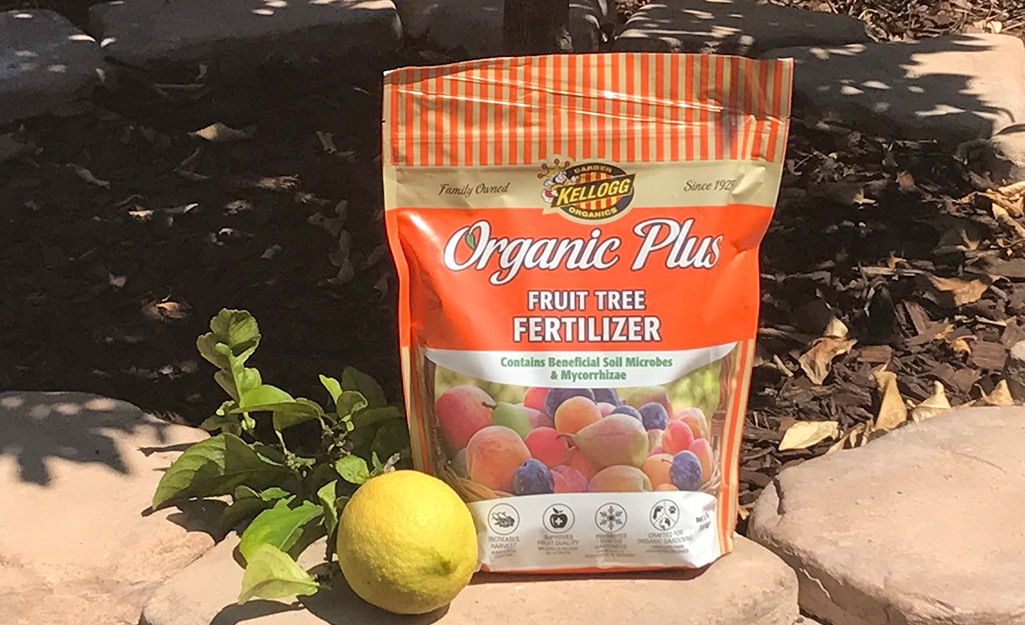
Fertilizing container-grown or in-ground fruit trees and berries in the spring helps the plants leaf out faster, set a good crop of fruit and resist diseases.
Fertilizers made especially for fruit trees and berries provide a balanced supply of
nutrients and are available in different forms. Organic fruit fertilizers feed your plants and improve the structure of your soil as they break down, helping it retain more nutrients and moisture.
If you prefer, use fruit fertilizer spikes. They're convenient and easy to pound into the soil around fruit plants when the ground is soft and moist.
Tips for Fertilizing Fruiting Plants
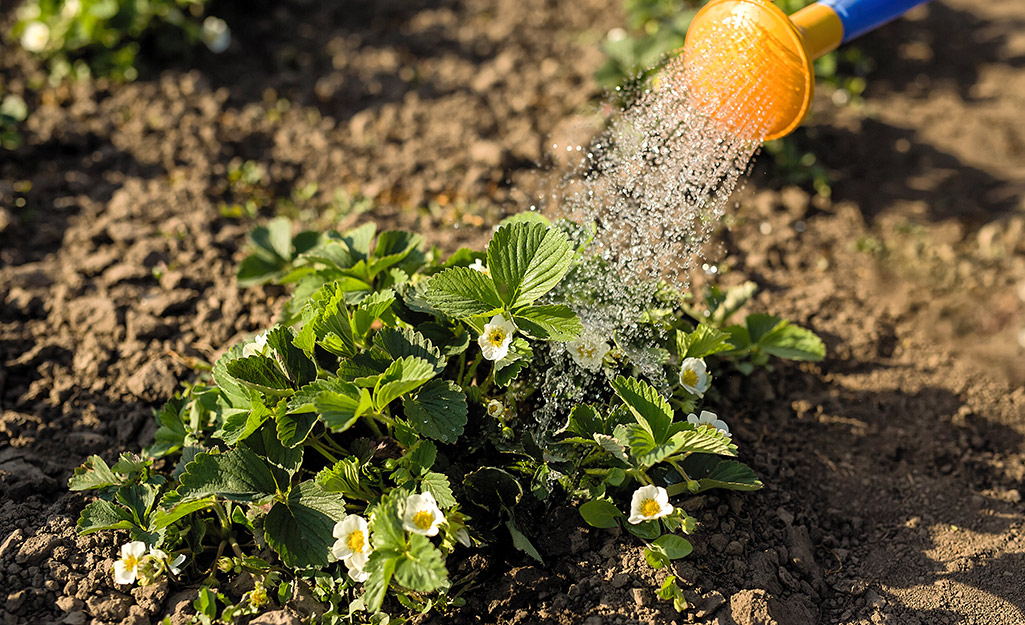
Before fertilizing, water your plant deeply if the soil is dry. Pull weeds growing close to tree trunks or beneath berry bushes and mow any grass growing inside the drip line. (The drip line is the circular area underneath the tips of the branches.)
Fertilize blueberries, grapes and other small fruits by pulling back the mulch and scattering the recommended amount of fruit fertilizer over the soil. Scratch it lightly into the soil, being careful to avoid hitting any roots, and replace the mulch. Repeat until the area around the plant has even coverage. Water thoroughly.
Feed container-grown fruit trees such as figs, apples, tangerines, lemons and limes with an organic, slow-release fertilizer as shown on the product label.
Overwater container plants about once a month to wash any fertilizer salts and other residue out of the bottom of the pot.
Be safe and store leftover fertilizers and other garden care products in their original containers on a high shelf in a dry place, out of the reach of children and pets.
Learn how to grow fruit, and you'll have a supply of delicious raspberries, cherries and pears for your table. Choose varieties recommended for your USDA Hardiness Zone in full sun with well-drained soil. Check to see if the fruits you want to grow are self-pollinating, or if you'll need at least two varieties.
Use a potting mix made for fruiting plants. Water the plant thoroughly and add mulch. After about a month, use a fertilizer made for fruiting plants and follow the label directions. Use The Home Depot Mobile App to view our wide selection of fruit trees.
